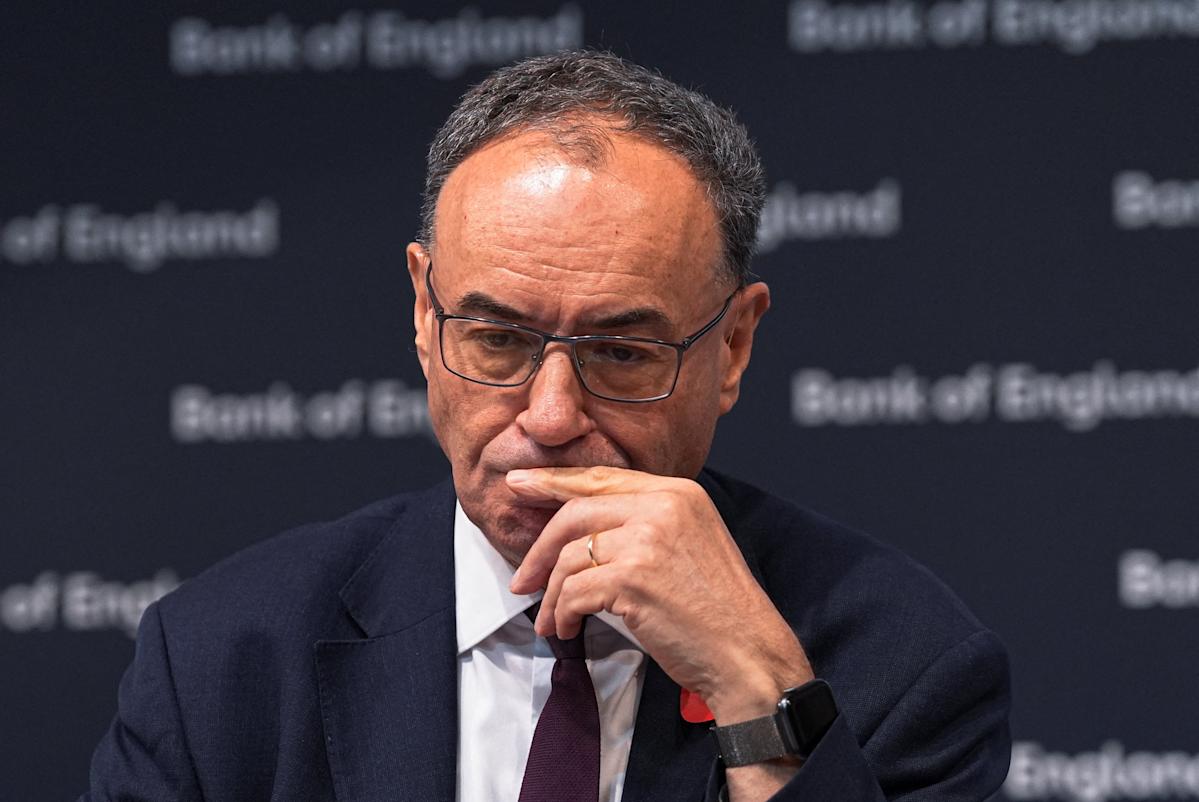The Bank of England (BoE) has unveiled plans that could reshape how UK cryptocurrency users hold and use stablecoins.
The proposal introduces a temporary £20,000 cap on individual holdings of “systemic stablecoins” – digital tokens designed to maintain a stable value and are usually pegged to a national currency such as the dollar or the pound.
The proposal, part of a wider consultation running until 10 February 2026, is intended to manage potential risks as stablecoins become part of the mainstream financial system.
According to the BoE, the cap would be a temporary safeguard while regulators assess the impact of digital money on banks, credit provision, and financial stability.
Read more: Crypto live prices
The proposed temporary regulatory limit by the BoE for individuals is £20,000 per type of systemic stablecoins, enabling someone to hold up to that amount in each qualifying coin issued.
The cap, however, is strictly limited to stablecoins designated as “systemic” – i.e. those used widely enough in payments to potentially threaten financial stability – and is specifically intended for sterling-denominated stablecoins, excluding those pegged to other currencies like the US dollar.
The central bank’s concern is that if too much money flows out of traditional bank accounts and into digital tokens, it could undermine banks’ ability to lend.
That could make credit harder to get and more expensive, particularly during times of financial stress. So, the Bank of England wants time for the system to adjust before stablecoins grow too large to control.
Stablecoins are cryptocurrencies pegged to the value of a traditional asset, such as the pound or the US dollar. They are usually deployed on the Ethereum network, and unlike volatile tokens such as bitcoin (BTC-USD), their value is designed to stay steady.
People use them for fast, low-cost payments, international transfers or to move money between crypto exchanges without relying on banks.
For businesses and fintechs, stablecoins also offer a bridge between traditional finance and blockchain technology, enabling near-instant transactions, programmable payments and round-the-clock settlement.
BoE governor Andrew Bailey has long been wary of stablecoins. In July 2025 interview with The Times, he warned they could pose a systemic risk to financial stability and even “threaten the very nature of money” if left unchecked.
“Stablecoins are proposed to have the characteristics of money. That money is a medium of exchange. Therefore, they really do have to have the characteristics of money, and they have to maintain their nominal value,” Bailey said at the time.
